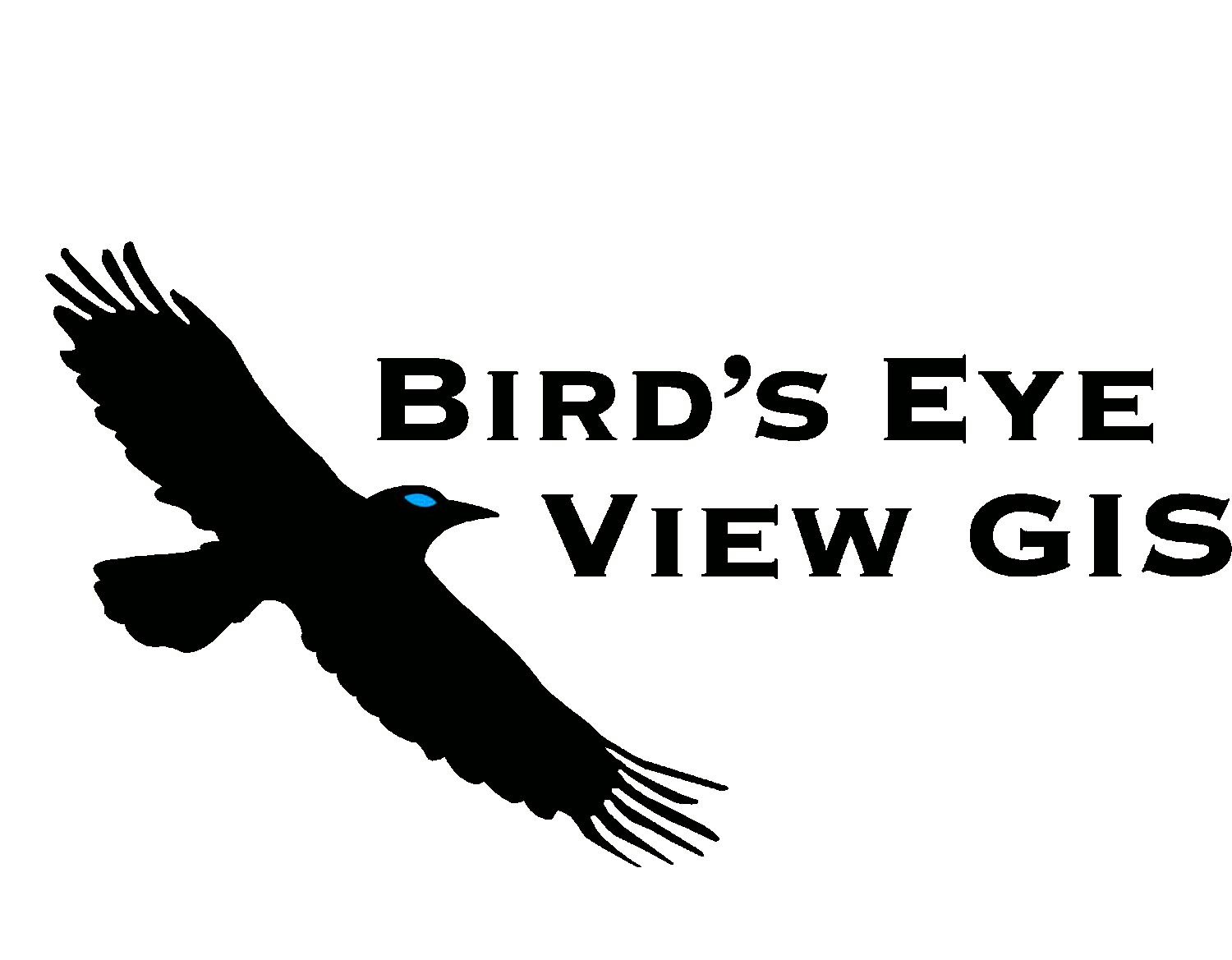Clients
Number of clients served: 30
Percentage of clients which were new: 43%
Number of analysis projects worked on: 12
Approximate number of maps made: 283
Number of new ventures launched: 1 (the Q Cooperative - if you haven’t heard of this click the link. This is a team of skilled QGIS developers and teachers ready to help you implement QGIS)
Books
Number of QGIS books published: 2 (3 if I count the one published without my knowledge but with my name on it by Packt Publishing)
Number of book launches attended: 1
Teaching
Number of QGIS workshops taught: 17
Percentage of QGIS workshops taught in Europe: 24%
Percentage of QGIS workshops taught in my own city: 17%
Number of QGIS Certificates issued: 51 (these raised €1,020 for the QGIS project! - I co-issued another 65 QGIS certificates with partner organizations raising an additional €1,300.)
Number of hemispheres taught in: 4 (yes I completed the QGIS Training Hemisphere Grand Slam - in one year! That's at least one QGIS training in each hemisphere: northern | southern | eastern | western! )
Number of countries taught in: 6 (USA, Canada, Spain, the Netherlands, Denmark & American Samoa)
Number of US States taught in: 7 (California, Colorado, Florida, Hawai’i, Michigan, New Mexico & Rhode Island)
Travel
Minimum number of flights boarded: 44
Number of airlines flown: 8
Number of airports visited: 18
Percentage of airports visited for the first time: 28%
Approximate distance flown: 100,000km or 62,000mi
Different modes of transportation used while in the Netherlands: 7
Conferences
Number of professional conferences attended: 5
Ratio of conference talks given to conferences attended: 1-1
Miscellaneous
Number of Esri licenses purchased: 0
Ratio of GeoHipster interviews started to completed: 2-1.
Number of different coffee shops visited: 32
Calories burned exercising: 107,000 kCal
Number of spin classes attended: 102
Number of workouts: 67
Number of hikes: 21






